Pandas To Csv Without Index
Importing the pandas library
To begin, we need to import the pandas library into our Python script. This can be done using the following line of code:
“`
import pandas as pd
“`
This will allow us to access all the functions and features provided by the pandas library.
Reading the CSV file into a pandas DataFrame
Next, we need to read the CSV file into a pandas DataFrame. The `read_csv()` function from pandas is used to accomplish this task. Here’s an example code snippet to read a CSV file named “data.csv”:
“`
data = pd.read_csv(‘data.csv’)
“`
Make sure to replace “data.csv” with the actual filename and path of your CSV file.
Removing the index column from the DataFrame
By default, when reading a CSV file into a DataFrame, pandas assigns an index column to each row. However, if you want to exclude the index column while saving the DataFrame to a new CSV file, you need to remove this index column from the DataFrame. You can achieve this by using the `set_index()` function with the `drop` parameter set to `True`:
“`
data = data.set_index(data.columns[0], drop=True)
“`
This code snippet removes the index column and sets the first column of the DataFrame as the new index.
Saving the modified DataFrame to a new CSV file
Now that we have removed the index column from the DataFrame, we can save the modified DataFrame to a new CSV file. The `to_csv()` function is used for this purpose. Here’s an example code snippet to save the DataFrame to a new CSV file named “modified_data.csv”:
“`
data.to_csv(‘modified_data.csv’, index=False)
“`
The `index=False` parameter ensures that the index column is not included in the new CSV file.
Setting the index column as a separate column in the new CSV file
In some cases, you may want to include the index column in the new CSV file, but as a separate column instead of the default behavior of using it as the row index. To achieve this, you can use the `reset_index()` function to reset the index column and then save the DataFrame to a new CSV file. Here’s an example code snippet:
“`
data = data.reset_index()
data.to_csv(‘modified_data.csv’, index=False)
“`
This code snippet resets the index column and saves the DataFrame to a new CSV file named “modified_data.csv” without including the index column.
Saving the new CSV file without the index column
Lastly, we may want to save the new CSV file without the index column at all. To accomplish this, we can use the `to_csv()` function with the `columns` parameter set to exclude the index column. Here’s an example code snippet:
“`
data.to_csv(‘modified_data.csv’, index=False, columns=data.columns[1:])
“`
This code snippet saves the DataFrame to a new CSV file named “modified_data.csv” without including the index column.
FAQs:
Q: How can I save a DataFrame to a CSV file without including the index column in Python?
A: To save a DataFrame without the index column, you can use the `to_csv()` function with the `index` parameter set to `False`. For example:
“`
data.to_csv(‘modified_data.csv’, index=False)
“`
Q: How can I include the index column as a separate column in the new CSV file?
A: You can use the `reset_index()` function to reset the index column and then save the DataFrame to a new CSV file. Here’s an example:
“`
data = data.reset_index()
data.to_csv(‘modified_data.csv’, index=False)
“`
Q: Is it possible to save a DataFrame without including the index column and without the header row?
A: Yes, you can exclude both the index column and the header row by using the `header` parameter set to `False` in the `to_csv()` function. For example:
“`
data.to_csv(‘modified_data.csv’, index=False, header=False)
“`
Q: Can I save a DataFrame to a CSV file with a specific encoding, such as UTF-8?
A: Yes, you can specify the encoding of the CSV file by using the `encoding` parameter in the `to_csv()` function. For example, to save the file in UTF-8 encoding:
“`
data.to_csv(‘modified_data.csv’, index=False, encoding=’utf-8′)
“`
In conclusion, using the pandas library in Python, you can efficiently save a DataFrame to a CSV file without including the index column. By using the various functions and parameters provided by pandas, you have the flexibility to modify and customize the output CSV file to meet your specific requirements.
How To Export Pandas Dataframe To Csv File Without Index
Keywords searched by users: pandas to csv without index Pandas to csv utf-8, Pandas to CSV, Dataframe to csv without quotes, To CSV without index, Read CSV without index, Pandas remove index column, Pandas dataframe remove row by index, Create DataFrame without index
Categories: Top 96 Pandas To Csv Without Index
See more here: nhanvietluanvan.com
Pandas To Csv Utf-8
Introduction:
Pandas is a powerful data manipulation and analysis library in Python. It offers a wide range of functions and features, including the ability to read and write data in various formats. One common task when working with Pandas is exporting data to a CSV file. In this article, we will explore how to use Pandas to export data to a CSV file in the utf-8 encoding, and provide helpful information on this topic.
Exporting Data to CSV with Pandas:
Pandas provides a straightforward method for exporting data to a CSV file using the `to_csv()` function. The `to_csv()` function converts a DataFrame or Series object into a CSV file. By default, the CSV file is encoded in utf-8, which ensures compatibility with most text editors and spreadsheet programs.
To export a DataFrame to a CSV file, you can use the following syntax:
“`python
dataframe.to_csv(‘filename.csv’, encoding=’utf-8′, index=False)
“`
In this example, `dataframe` represents the DataFrame object you want to export, `’filename.csv’` is the desired name for the output file, `encoding=’utf-8’` specifies the encoding type, and `index=False` prevents Pandas from adding the row index as a separate column.
If you want to export a Series object instead, you can still use the `to_csv()` function, but without the `index` parameter:
“`python
series.to_csv(‘filename.csv’, encoding=’utf-8′)
“`
This will export the Series object as a single-column CSV file, where the index becomes the row labels.
Encoding in utf-8:
The utf-8 encoding is widely used for CSV files as it can represent all Unicode characters. Unicode allows data to be displayed and processed in different languages, ensuring compatibility across systems and software. By using utf-8 encoding, you can handle data with special characters, diacritics, or non-English alphabets without any issues.
Why is specifying the encoding important?
Specifying the encoding is particularly crucial when working with non-English data or characters that are not a part of the ASCII character set. If you omit the encoding parameter, Pandas will default to the system’s default encoding, which may not support all special characters, leading to data corruption or loss. Therefore, explicitly specifying utf-8 encoding ensures data integrity and compatibility across different platforms and software applications.
FAQs:
Q1: Can I export a DataFrame with non-ASCII characters to a CSV without encoding it to utf-8?
A1: While it is technically possible to export a DataFrame without specifying the encoding, it is highly recommended to use utf-8 encoding. This ensures compatibility and avoids potential issues with special characters.
Q2: How can I export a DataFrame with a specific encoding other than utf-8?
A2: Pandas supports a wide range of encoding options. You can specify a different encoding by replacing `’utf-8’` in the `to_csv()` function with the desired encoding, such as `’latin-1’` or `’utf-16’`. However, utf-8 is generally the preferred encoding due to its wider compatibility.
Q3: What if my DataFrame contains missing values (NaNs)?
A3: By default, Pandas represents missing values as NaN (Not a Number). When exporting to CSV, these NaN values will be written as empty cells. You can control the representation of NaN values in the CSV file using the `na_rep` parameter of the `to_csv()` function.
Q4: How can I handle CSV files with a different delimiter or quotation character?
A4: By default, Pandas uses a comma (‘,’) as the delimiter and double quotes (“) as the quotation character. If your CSV file follows a different format, you can specify the delimiter and quotation character using the `sep` and `quotechar` parameters of the `to_csv()` function, respectively.
Q5: Is it possible to append data to an existing CSV file?
A5: Yes, Pandas allows you to append data to an existing CSV file by using the `mode=’a’` parameter when calling the `to_csv()` function. This will append new rows to the existing file instead of overwriting it.
Conclusion:
Exporting data to CSV files using Pandas is an essential skill for data analysis and manipulation. By following the guidelines provided in this article, you can ensure that your data is exported in the utf-8 encoding, guaranteeing compatibility and preserving special characters. Being able to handle non-English data accurately is crucial for many applications, and the utf-8 encoding simplifies this process. Whether you’re dealing with multilingual data or need to maintain data integrity, Pandas’ `to_csv()` function with utf-8 encoding is a valuable tool in your data processing toolkit.
Pandas To Csv
Introduction:
The pandas library is a powerful open-source data manipulation and analysis tool built on top of the Python programming language. It provides easy-to-use data structures, such as dataframes, along with a wide range of functions to efficiently handle, clean, and analyze data. One of the most useful features of pandas is its ability to export data to various file formats, including Comma Separated Values (CSV). In this article, we will delve into the details of how to use the pandas library to export data to CSV, discuss some best practices, and answer frequently asked questions.
Exporting Data to CSV:
Pandas offers a simple and intuitive method to export dataframes to CSV files using the `to_csv()` function. This function takes various parameters that allow us to customize the output. Let’s take a look at a basic example:
“`python
import pandas as pd
data = {‘Name’: [‘John’, ‘Jane’, ‘Sam’],
‘Age’: [25, 30, 28],
‘Gender’: [‘M’, ‘F’, ‘M’]}
df = pd.DataFrame(data)
df.to_csv(‘output.csv’, index=False)
“`
In the above code, we create a dataframe `df` from a dictionary `data`. We then call the `to_csv()` function, specifying the filename as `’output.csv’`. By setting `index=False`, we exclude the default behavior of pandas to include the row index as a separate column in the CSV file. After running this code, a new file named `output.csv` will be created in the current working directory, containing the dataframe data in CSV format.
Customizing the CSV Export:
The `to_csv()` function provides a range of parameters to customize the CSV export. Here are some commonly used parameters:
– `sep`: Specifies the character to use as the delimiter between values in the CSV file. By default, it is a comma (`,`). To use a different delimiter, we can pass the desired character as an argument.
– `header`: Determines whether or not to include column names as the first line in the CSV file. It accepts a boolean value (defaulting to `True`). Setting it to `False` will exclude the header line.
– `columns`: Allows us to select specific columns from the dataframe to include in the CSV file. We can pass a list of column names as an argument.
– `index_label`: Specifies the name for the index column. By default, pandas uses the label `index`.
– `na_rep`: Determines the representation of missing values (NaN or None) in the CSV file. We can set it to a desired string value.
By utilizing these parameters and the flexibility of pandas, we can effortlessly tailor our CSV exports to meet the specific requirements of our data processing tasks.
Best Practices for Exporting Data to CSV:
While exporting data to CSV with pandas is straightforward, adhering to some best practices can enhance the efficiency and reliability of the process. Here are a few recommendations:
1. Cleaning and Preprocessing: Before exporting the data, it is crucial to clean and preprocess it. Ensure that missing values are handled appropriately, and the data is consistent and in the desired format. Pandas provides a wide range of functionality for data cleaning.
2. Encoding: Make sure to specify the proper character encoding when exporting data to CSV. The default encoding is typically utf-8, but depending on your data and specific requirements, other encodings might be more suitable.
3. File Paths: When specifying the filepath for your CSV export, it is advisable to use absolute paths or explicitly define the relative path to ensure the file is created in the desired location.
4. Overwriting Safety: Before exporting, it is recommended to check if a file with the same name already exists. Overwriting an existing file unintentionally can lead to data loss. Pandas does not provide built-in safeguarding against overwriting, so it’s important to add additional code for handling such scenarios if required.
Frequently Asked Questions (FAQs):
Q1: Can we export multiple dataframes to a single CSV file?
A1: Yes, pandas supports exporting multiple dataframes to a single CSV file. You can concatenate or merge your dataframes using pandas functions before exporting them.
Q2: How can we specify the CSV file’s delimiter as something other than a comma?
A2: The `to_csv()` function allows us to specify the delimiter using the `sep` parameter. For instance, to use a tab as the delimiter, you can pass `sep=’\t’` as an argument.
Q3: Is it possible to export data to a different file format instead of CSV?
A3: Yes, pandas provides several methods for exporting data to different file formats, such as Excel, SQL databases, and more. You can explore the pandas documentation to learn more about these capabilities.
Q4: Can we export the dataframe index as a column in the CSV file?
A4: By default, pandas includes the index as a separate column in the CSV file. However, you can avoid including the index by setting `index=False` in the `to_csv()` function.
Q5: How can we handle large datasets while exporting to CSV?
A5: For large datasets, it’s advisable to use the `chunksize` parameter in the `to_csv()` function. This parameter allows you to export the data in smaller chunks, preventing memory issues.
Conclusion:
Exporting data to CSV with pandas is a powerful and versatile feature that allows us to conveniently save data for sharing, analysis, or further processing. By utilizing the various customizable parameters of the `to_csv()` function, we can tailor the CSV exports to meet our specific requirements. Following best practices, such as cleaning the data, specifying encodings, and ensuring file path safety, enhance the efficiency and reliability of the process. Pandas’ extensive documentation provides further insights and examples, opening up a world of possibilities for data manipulation and analysis.
Dataframe To Csv Without Quotes
Dataframes are a fundamental data structure in data analysis and manipulation, widely used in the field of data science. They provide a convenient way to store and manipulate structured data, allowing for efficient data handling and analysis. One common task in data analysis is exporting dataframes to CSV files for further processing or sharing with others. In this article, we will explore the process of exporting dataframes to CSV without quotes and provide a comprehensive overview of the topic.
Exporting dataframes to CSV files is a common operation in data analysis workflows, as it allows users to save the manipulated data for later use or share it with colleagues. By default, many programming languages and libraries, such as Python’s Pandas, quote the values in the CSV file to ensure data integrity. However, there are scenarios where you may prefer to have a CSV file without quotes, such as when the downstream systems expect data without quotes or you need to adhere to specific formatting requirements.
The process of exporting a dataframe to a CSV file without quotes involves a few steps. Let’s take a closer look at how this can be done using Python and Pandas, one of the most popular data manipulation libraries.
Step 1: Import the Required Libraries
To begin, you need to import the necessary libraries. In this case, you will only need to import the Pandas library, as it provides a versatile set of functions for data manipulation, including exporting dataframes to CSV.
“`python
import pandas as pd
“`
Step 2: Create a Dataframe
Next, you will create a dataframe with some sample data. For demonstration purposes, we will create a simple dataframe with three columns: Name, Age, and Occupation.
“`python
data = {‘Name’: [‘John’, ‘Jane’, ‘Mark’],
‘Age’: [25, 28, 32],
‘Occupation’: [‘Engineer’, ‘Doctor’, ‘Teacher’]}
df = pd.DataFrame(data)
“`
Step 3: Export Dataframe to CSV Without Quotes
Now that you have a dataframe ready, you can proceed to export it to a CSV file without quotes. Pandas provides the `to_csv()` function, which allows you to specify various parameters to control the CSV export. To export the dataframe without quotes, you can set the `quoting` parameter to `csv.QUOTE_NONE`.
“`python
df.to_csv(‘output.csv’, index=False, quoting=csv.QUOTE_NONE)
“`
In the above code snippet, the `index` parameter is set to `False` to exclude the dataframe index from the CSV file. You can modify this parameter based on your use case.
FAQs
Q: Why would I want to export a dataframe to CSV without quotes?
A: There can be several reasons to export a dataframe to CSV without quotes. Some downstream systems may expect data without quotes, or you may need to adhere to specific formatting requirements set by external applications or data consumers.
Q: Can I export only specific columns from a dataframe without quotes?
A: Yes, you can export specific columns from a dataframe without quotes by selecting those columns before exporting. For example, if you only want to export the ‘Name’ and ‘Occupation’ columns, you can use the following code:
“`python
df[[‘Name’, ‘Occupation’]].to_csv(‘output.csv’, index=False, quoting=csv.QUOTE_NONE)
“`
Q: Are there any potential issues with exporting dataframes without quotes?
A: When exporting dataframes without quotes, it is crucial to ensure that the data does not contain any special characters, such as delimiters or line breaks, as these may break the CSV format. Additionally, downstream systems may have specific requirements regarding data formatting, so it is essential to be mindful of those requirements.
Q: Can I override the default delimiter used in the CSV file?
A: Yes, the default delimiter in Pandas is a comma (`,`). However, you can specify a custom delimiter by using the `sep` parameter in the `to_csv()` function. For example, to use a tab (`\t`) as the delimiter, you can modify the code as follows:
“`python
df.to_csv(‘output.csv’, index=False, quoting=csv.QUOTE_NONE, sep=’\t’)
“`
Q: Are there any performance considerations when exporting dataframes without quotes?
A: Exporting dataframes without quotes can result in larger file sizes since there is no data compression provided by quotes. Therefore, if file size is a concern, it is recommended to assess the impact of removing quotes based on your specific use case and data size.
In conclusion, exporting dataframes to CSV without quotes can be achieved through the Pandas library in Python. By following a few simple steps, you can export dataframes without quotes, allowing for flexibility in formatting and integration with downstream systems. However, caution should be exercised to ensure data integrity and compatibility with the overall data analysis pipeline.
Images related to the topic pandas to csv without index

Found 32 images related to pandas to csv without index theme



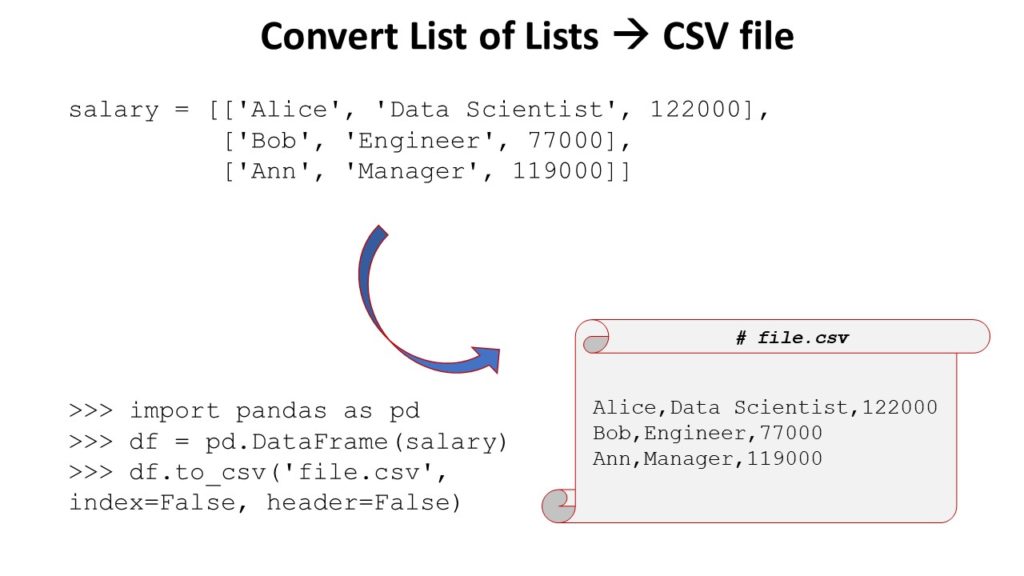
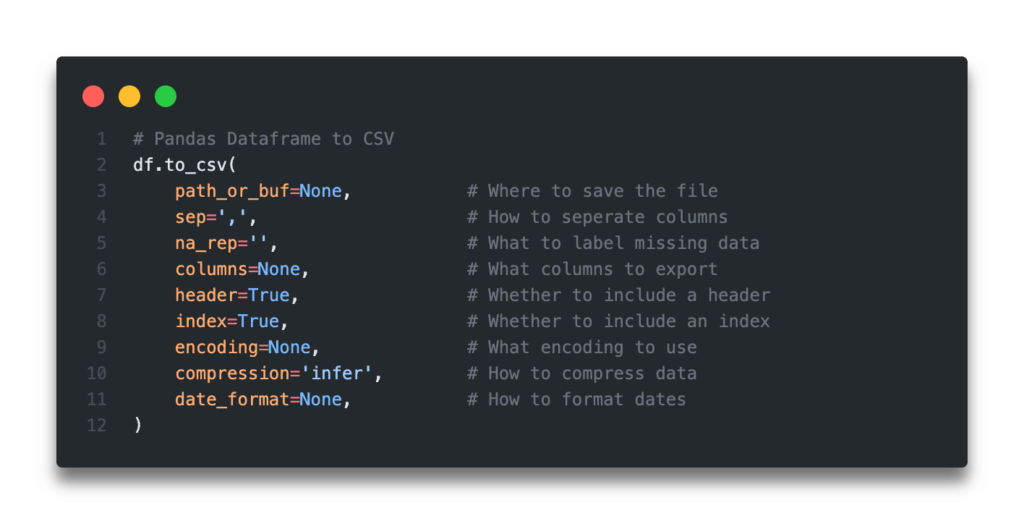


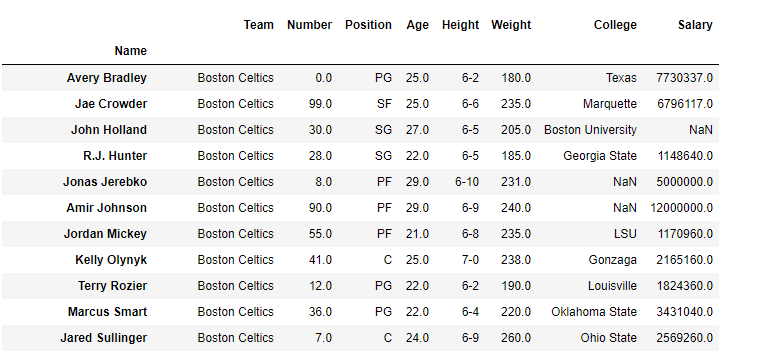


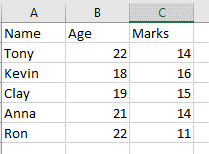








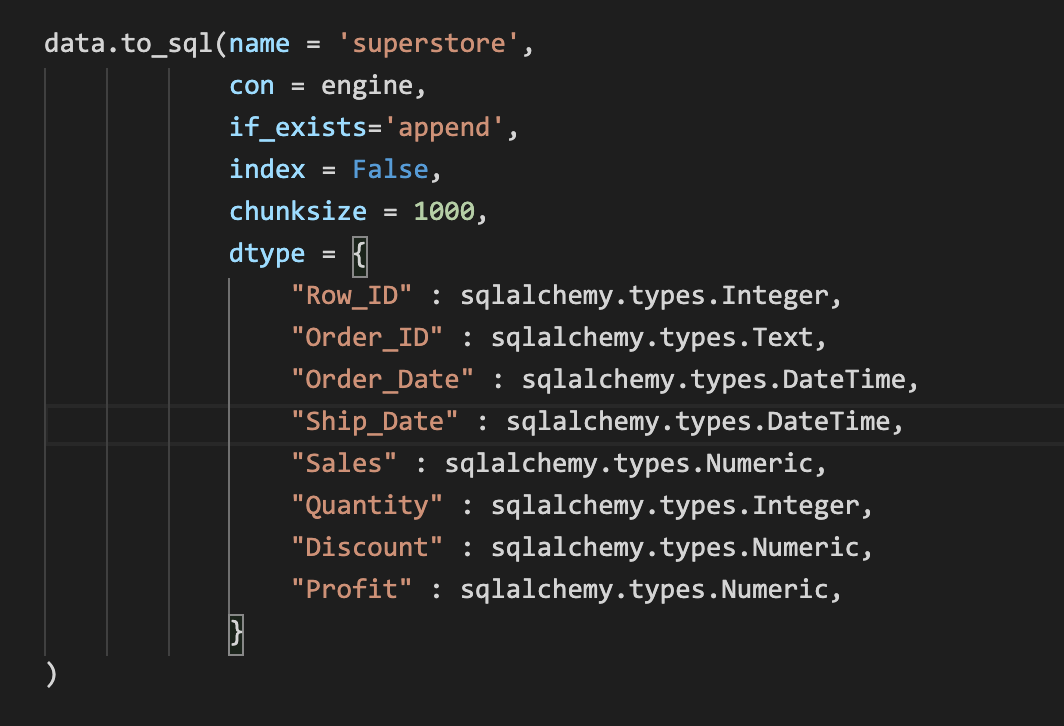
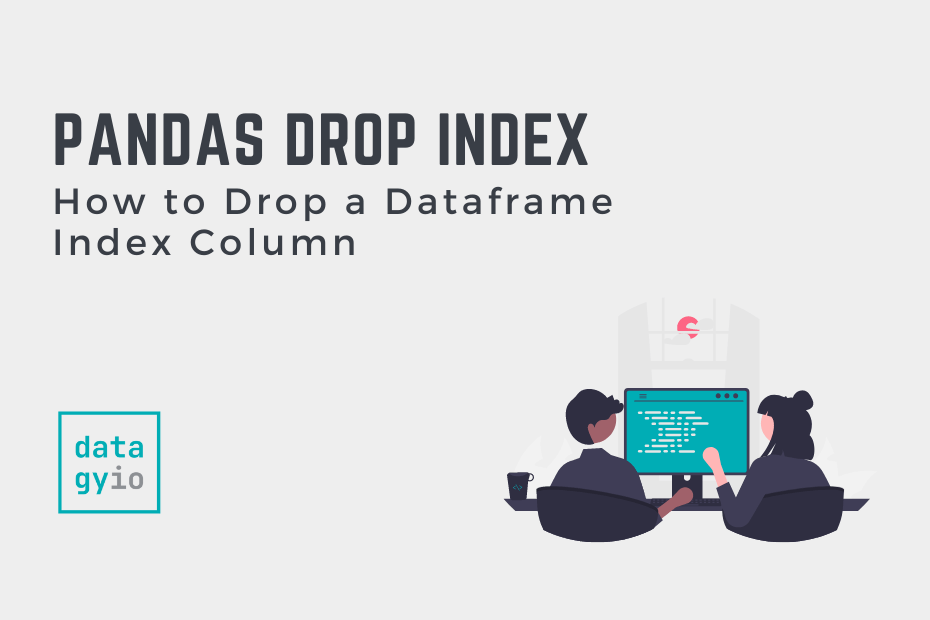
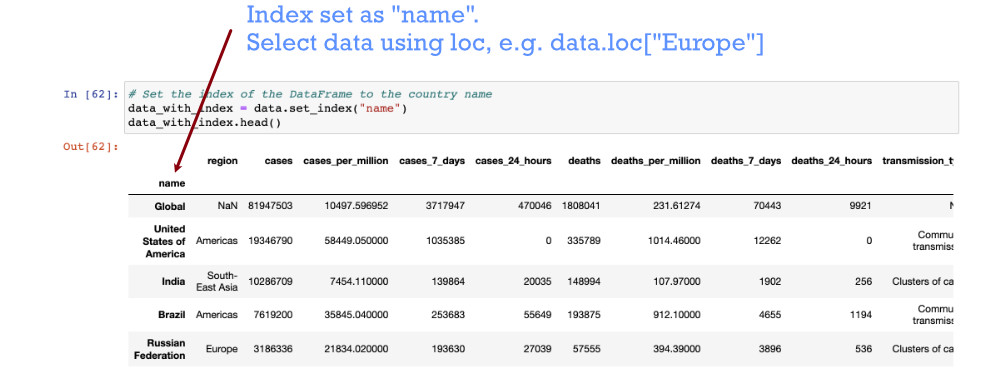


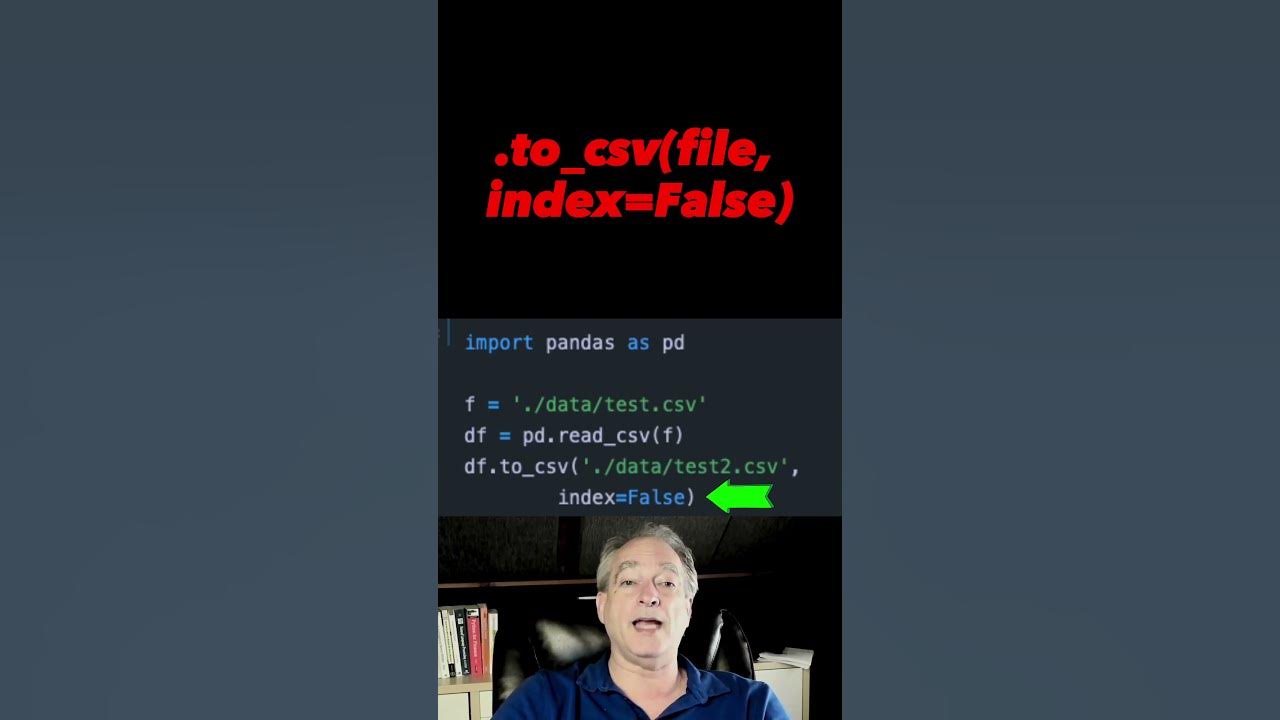
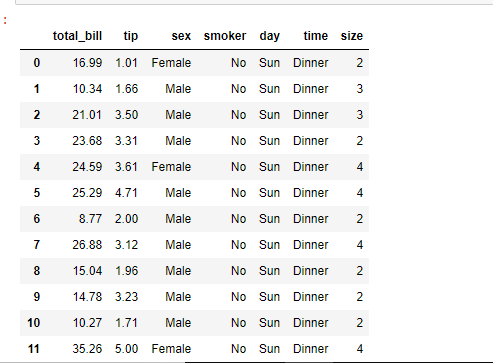















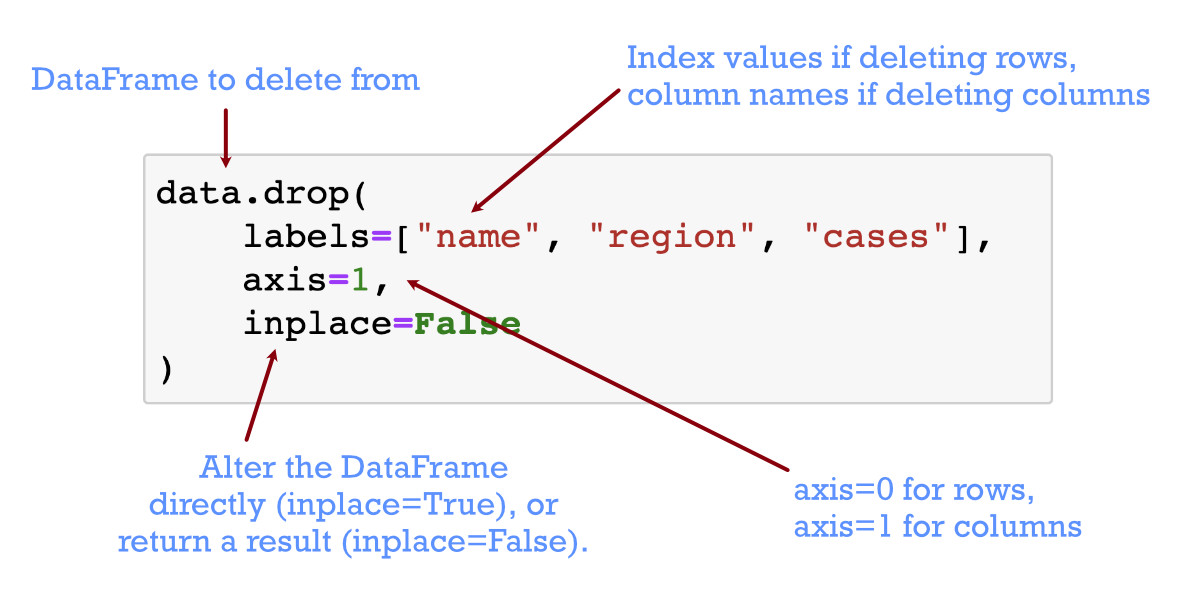


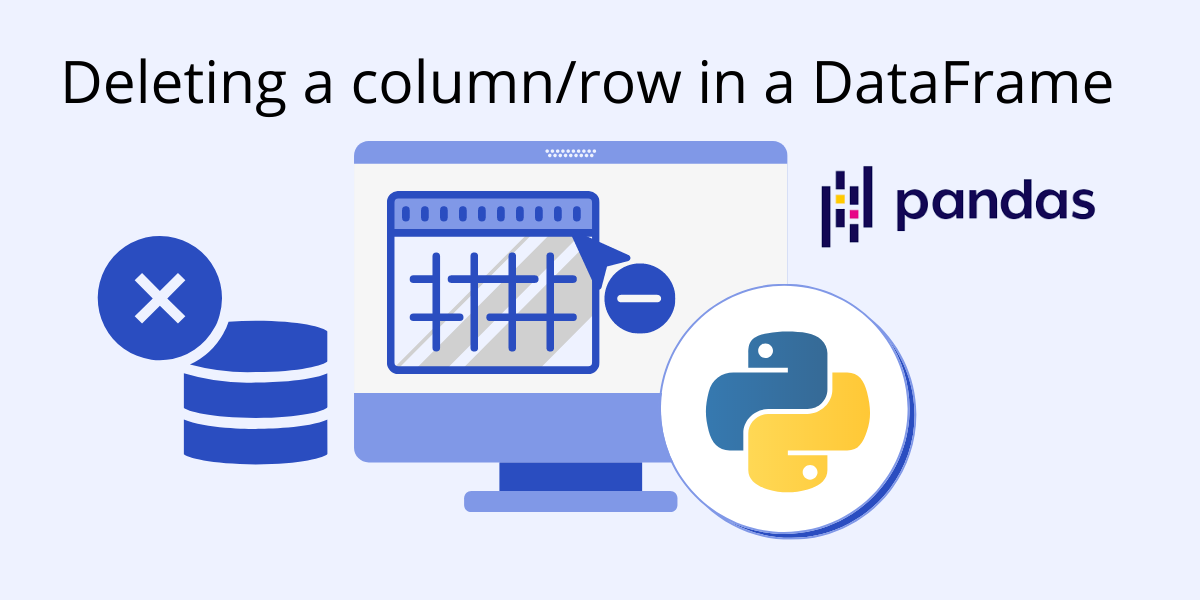
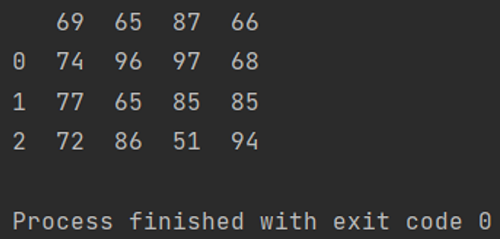
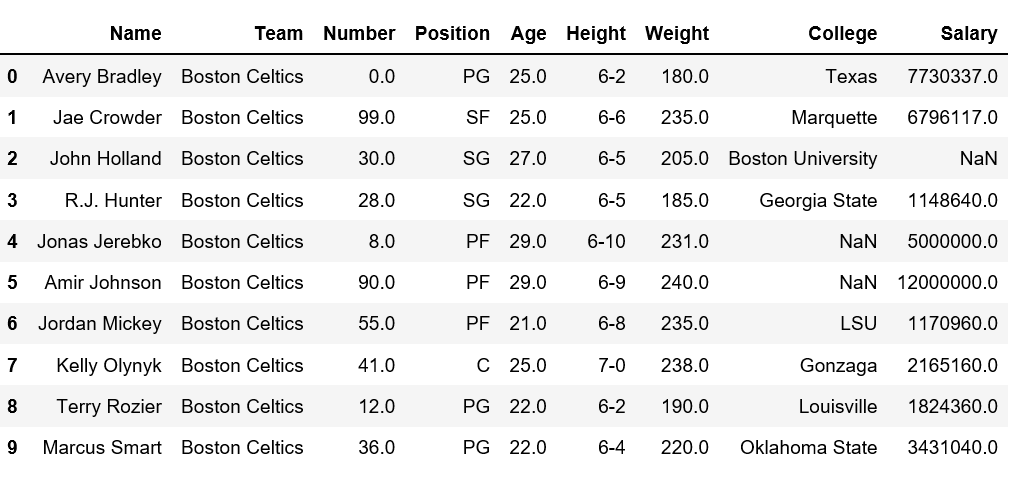

Article link: pandas to csv without index.
Learn more about the topic pandas to csv without index.
- Export Pandas to CSV without Index & Header
- How to avoid pandas creating an index in a saved csv
- pandas.DataFrame.to_csv — pandas 2.0.3 documentation
- Save Pandas DataFrame to csv file without index – thisPointer
- How To Export A Pandas Dataframe To CSV Without The …
- Export Pandas DataFrame to CSV without Index and Header
- Convert Pandas to CSV Without Index | Delft Stack
- Pandas Write To CSV – pd.DataFrame.to_csv()
See more: nhanvietluanvan.com/luat-hoc